My son stopped in the brush and pointed excitedly. “Horned lizard,” he called out. “That’s a horned lizard!”
The lizard was perfectly camouflaged on the sandy soil, but we could still see it well. A desert horned lizard, like a miniature dinosaur with its signature horned protrusions. Often and erroneously called a “horny toad,” this reptile had been something my son had wanted to see since watching a nature show about them.
I told him we could try but that in years of traipsing through the Great Basin high desert, I had only ever seen a couple. And never on purpose.
We saw one today because we were looking. And because we were on a nature scavenger hunt.
My son loved the idea of a scavenger hunt so much that this was our third day in a row of embarking on them. Soon after embarking, it became clear that this would be more than a fun game. We were looking closely and constantly, and thus were rewarded with notable sightings.
At an urban nature park, we saw a newborn mule deer fawn nursing. Walking along a path at a river canyon, we came across a Western rattlesnake, loudly rattling. We were able to watch it from a safe distance as it slithered away.
Meanwhile, we saw many hikers wandering along, oblivious to the wildlife wonders all around them. As any birder or hunter knows, when you look with a purpose, you see a lot more. You can spend a lifetime wandering the wilderness, but you’re not going to see much if you’re not looking.
That’s the beauty of a scavenger hunt. It is a fun activity for kids, but it also teaches them how to observe nature.
A scavenger hunt simply involves finding items on a predetermined list. While scavenger hunts don’t have to involve nature, the challenge of finding plants and animals makes for a more rewarding quest.
Want to have a successful nature scavenger hunt? Here are some tips.
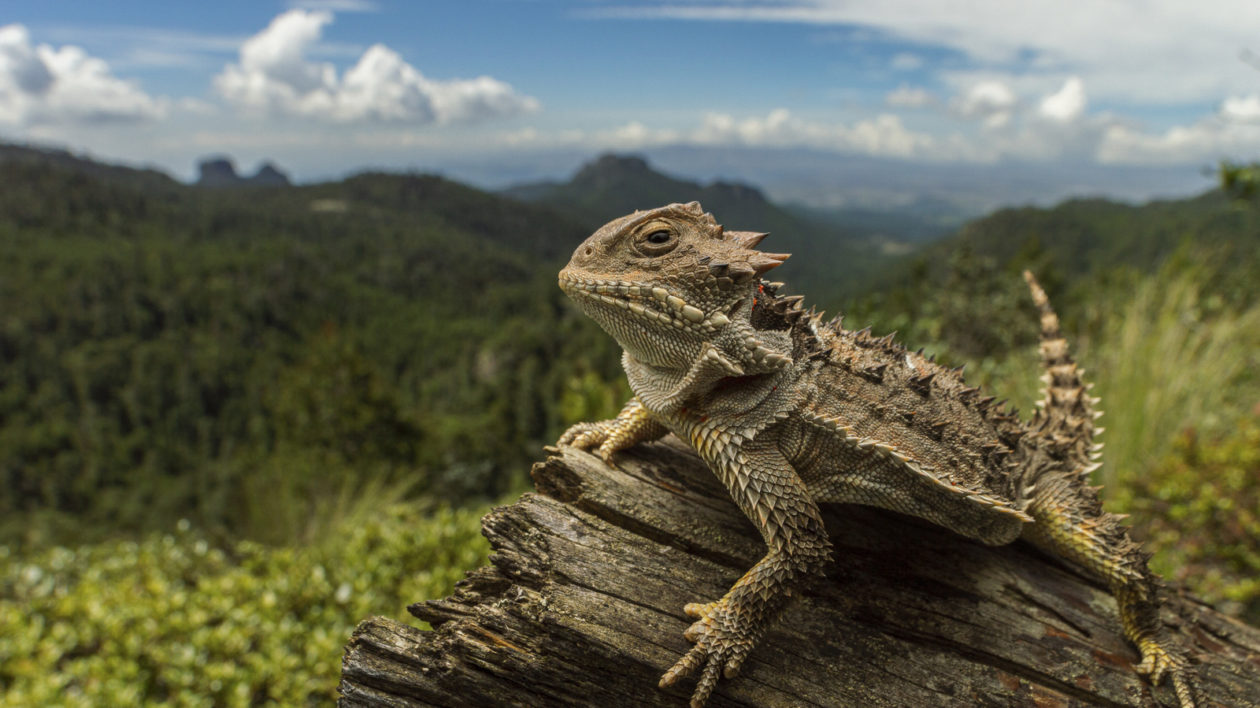
Make A List
Do a quick search online and you will find a seemingly infinite number of nature scavenger hunt selections. Many of the general lists seem geared towards scavenger hunts in eastern U.S. woodlands. But wherever you live, you can use these as a starting point and alter it for your own habitat, whether it’s your backyard, a city park or a local nature preserve.
Don’t overthink this. You want the list to include items that your kids will be guaranteed to find early (rocks, sticks, leaves), so there is early encouragement to continue on the hunt. A standard list might include finding a flower, butterfly, ant, squirrel and songbird, plus more specific challenges based on where you’re looking.
You can include behaviors (have the kids find an animal feeding or sleeping) or landscape features (find an example of erosion).
If your kids are quick searchers, consider adding a few more challenging critters. But don’t make the list impossible: a scavenger hunt with too many mountain lions and wolverines becomes discouraging. Keep it a mix of the easy and the challenging but findable.
Many national parks, refuges and nature preserves have created their own scavenger hunts, often created by naturalists who know the area well. This can be a great way to explore a new park.
And it can even help you see a favorite place in a new way. My son did one at our local preserve, the M.K. Nature Center in Boise, a place we have visited numerous times. I told him we would be unlikely to find a deer or great blue heron in this downtown park. Minutes later, we found both.
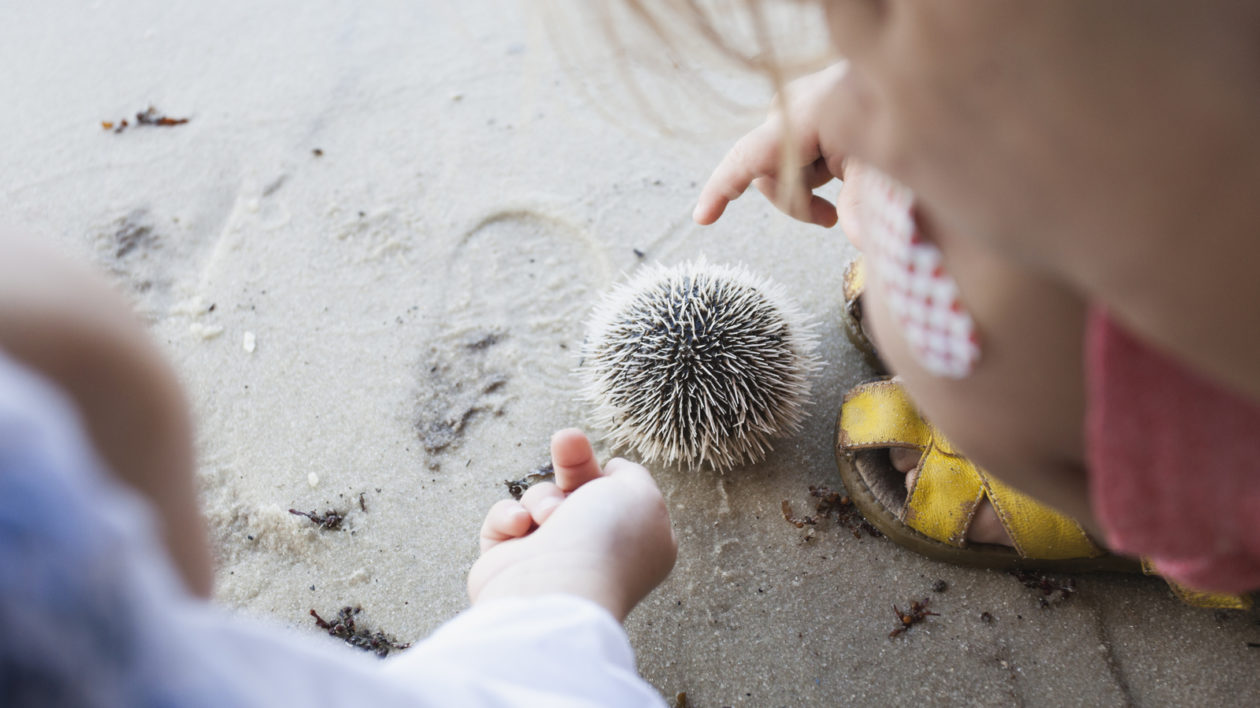
Consider a Main “Target”
While a scavenger hunt involves finding numerous items, it can add excitement to have a main goal for the hunt. The ideal candidate is a creature that is common but elusive. For my son, it was a horned lizard. But it could be a coyote, a beaver or any snake. Or even something more difficult to spot, like a bobcat or fisher.
Base this quest goal on your child’s interests and fascinations. It adds excitement to know you might see something special. If your children just went out to look for a beaver, they could quickly get bored while they waited and watched. With a scavenger hunt, they’re constantly finding flowers and dragonflies and crayfish, which keeps them alert. You’ll be surprised how many times you find seemingly impossible creatures this way.
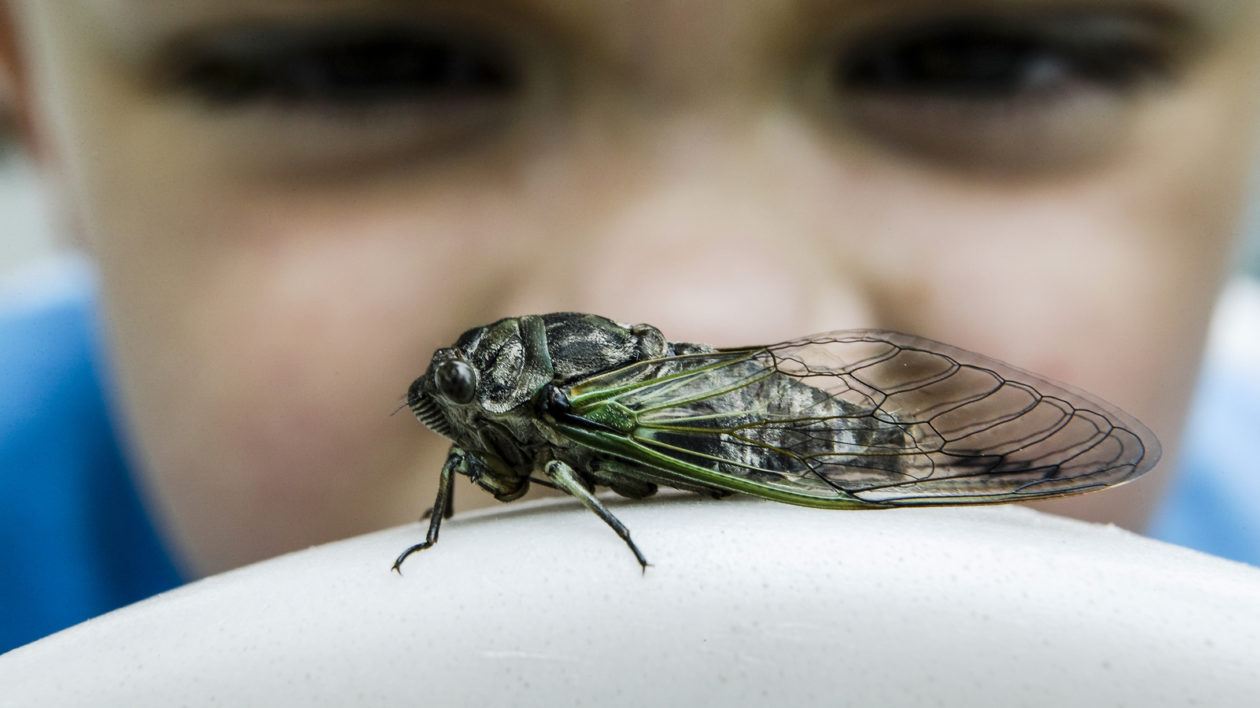
Bird is the Word
I have a lifelong love of spotting mammals, but I once again have to admit that there’s a reason why so many people love to watch birds. It’s because birds are easy to see. They are often colorful and they can be found just about anywhere you go.
This also makes them ideal for scavenger hunts. Your list should include at least a few feathered friends. You can include general bird categories (waterfowl, bird of prey, songbird), abundant species (robin, red-winged blackbird), and perhaps a few local specialties.
Go Easy on the Education
There is a temptation to turn every nature-based activity into an environmental education lesson. This is especially true now that many of us are home schooling during quarantine.
This is supposed to be fun. Turning this into a classroom exercise, for many kids (including mine), makes it feel less fun. Think of it as a game. You don’t lecture kids on physics while they’re playing tag. You don’t need to turn the scavenger hunt into a lecture on climate change.
The beauty of a scavenger hunt is that you won’t have to. After a short period of time, kids will pick up on certain lessons just by looking. They’ll get to understand habitat (why you find animals in some places and not others) and habits (why the great blue heron is standing still along the pond). My son has been asking a lot of questions about the geological features we find in southwestern Idaho: How did the lava rocks get here? Are they still burning? Why does this rock have holes in it?
I always remind myself that even renowned scientists like Jane Goodall and E.O. Wilson came to their fields by free play in nature. You don’t need a curriculum. Give the kids something to find, and they’ll figure out the rest.
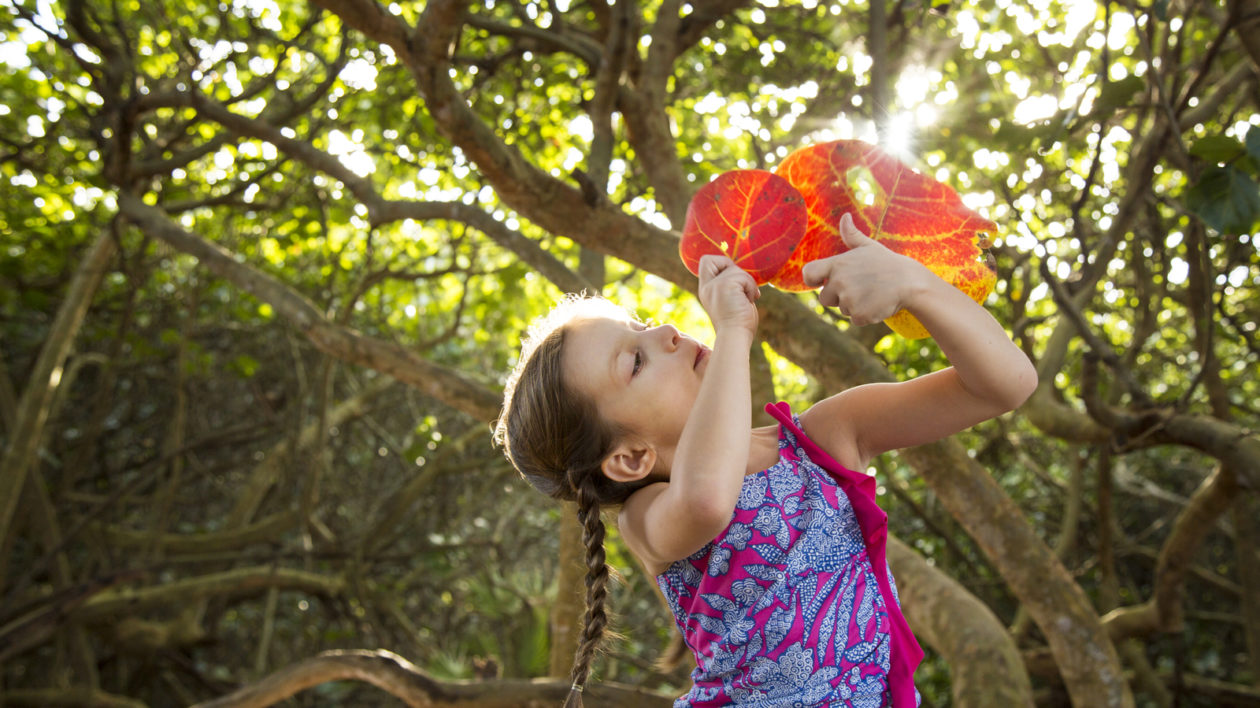
The Search is Its Own Reward
I first experienced nature scavenger hunts as a Scout, and it was always a competition. What I remember most is frantic searching and disappointment if you failed to find everything on the list.
I encourage you to forego any competition, and don’t give a prize for completing the list. Kids like to search. The thrill of the chase is its own reward.
Requiring completion of every item on the list leads to fudging: Couldn’t we count that squirrel as a mink? (That’s a real example, by the way). It also leads to focus on ticking the list rather than seeing nature, which defeats the purpose.
The goal is to find as many as you can. I’d go so far as to suggest having a few critters you can’t find adds to the fun. That is the reality of wildlife-based activities. You don’t always find what you’re seeking. That keeps us going back, continuing the search.
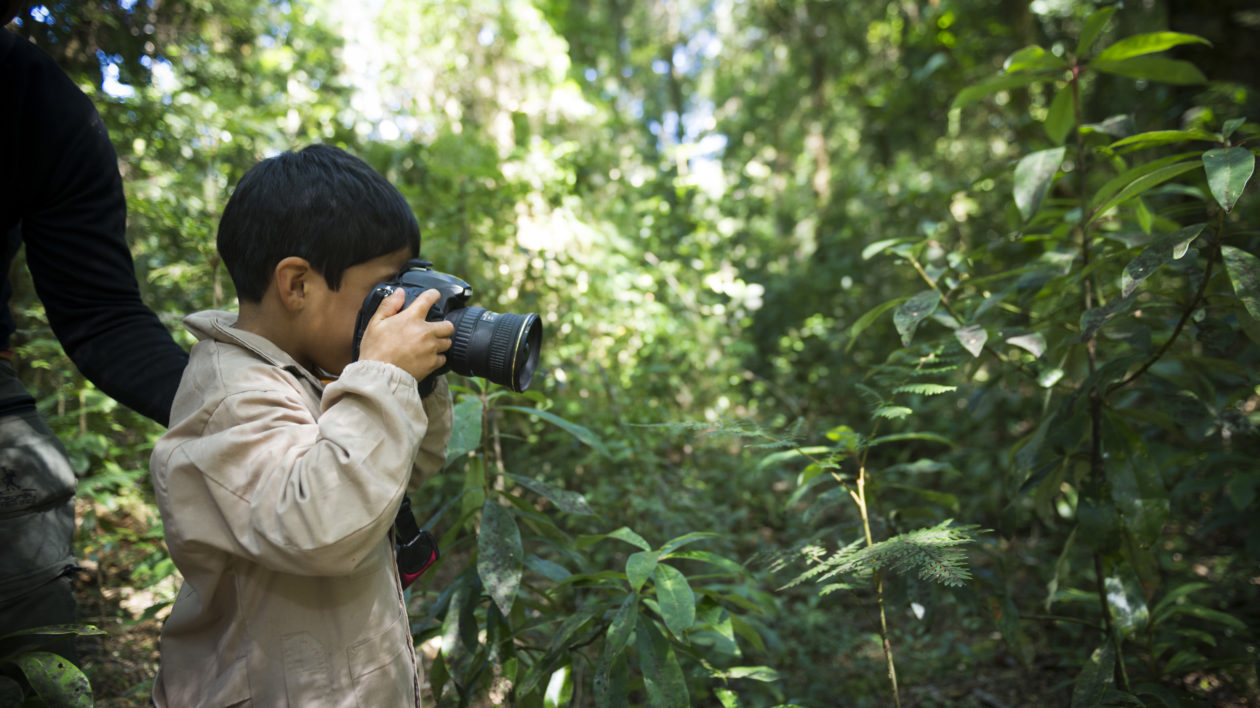
Looking with a Purpose
My outdoor enthusiast friends often comment on my luck at finding wildlife. It’s not so much luck as knowing how to look. It is not really a skill that you can learn like, say, casting a fly rod or building a campfire. You need to just spend time looking.
I hear a lot of people describe the Great Basin high desert as monotonous. After just a couple of scavenger hunts, my son knows different. Whereas others bee-bop through the sagebrush and wonder where the wildlife is, my son is scanning for whiptail lizards and Mormon crickets and lichens.
The scavenger hunt gets your kids (and you) looking. There’s a lot going on out there. I think of this past weekend, as groups of trail walkers walked by a rattlesnake coiled up just feet away. When we pointed it out, some looked at us and you could see them wondering: How did you see that?
My son stood there with a list and a clipboard, a passport of sorts to explore, and to see the hidden world around us.
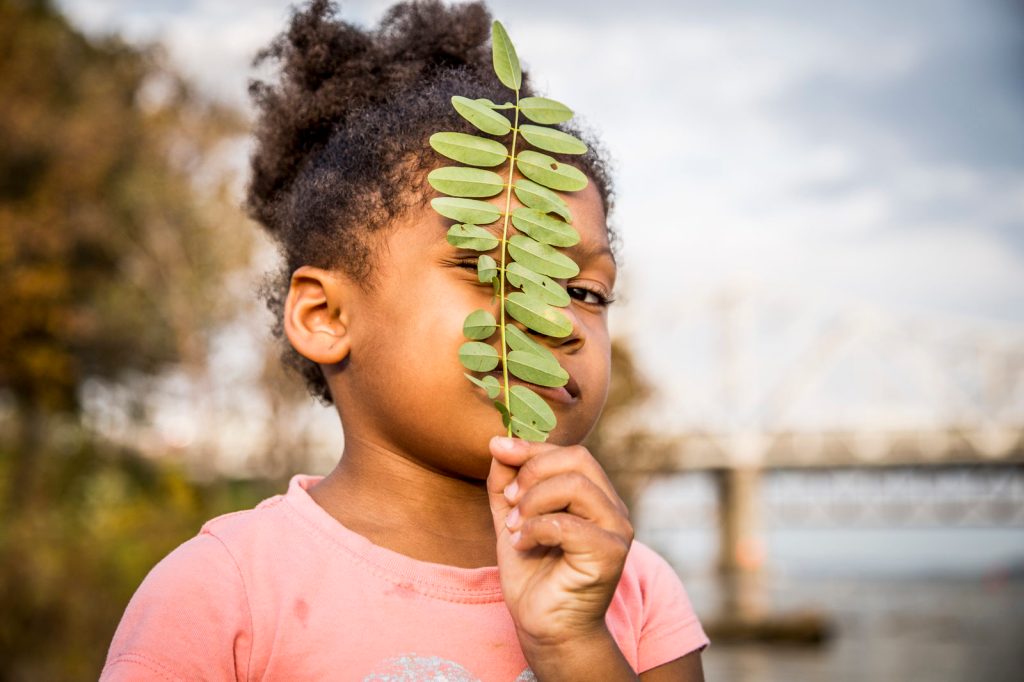



GREAT! I am going to create a few scavenger hunt pages (with check-off boxes), laminate them, and give them to my 2.5 year-old hiking/nature lover granddaughter when I’m out visiting her near Denver next week. I think she will get a lot of joy and fun out of them.
first time we heard of anything like this, A great way to get kids interested in nature. Thanks for putting in on your blog. Damien and Judy